Magic Mushroom spore print | Goliath Copelandia | panaeolus cyanescens
$25.00
HOW TO MAKE A SPORE PRINT Of Agaricus bisporus
(the cultivated mushroom) Mushrooms produce millions of mushroom spore print which are similar to the seeds of flowering plants. Spores are made on the ‘sheet-like’ gills underneath the cap of this mushroom. When the mushroom is mature its cap expands and the gills are seen. Spores can then drop from the gills and are carried away by wind currents. mushroom spore print are so small that you normally need a microscope to see them, but with a spore print, thousands of spores are deposited together, giving a pattern that resembles the gills of the mushroom. What to do: 1. Gently place your mushroom cap, face down on the piece of card. There is no need to press it down. 2. Cover the mushroom with a bowl (to stop it drying out and to reduce air currents that might spoil your print by blowing the tiny spores around). 3. Leave everything where it is for at least 2 hours or longer (overnight). 4. Carefully remove the bowl and the mushroom cap. You should see a pattern on the card that matches the pattern of gills on the mushroom! 5. You have successfully made a spore print. To prevent smudging, ‘fix’ your spore print with hair spray. Did it work? If there is no pattern the mushroom might be too old or too dry, or you may need to leave it for longer (sometimes fungi take up to a day to release their spores). Are all fungus spores the same colour? Why not try a spore print with Oyster mushrooms? Is the spore print of a different colour?
How to Make a Spore Print
One of the main reasons for making a spore print of a mushroom or any other kind of fungus is to help in the process of identification. The colour of the spores, when seen en masse, is one of the best ways of determining which mycological family the specimen belongs to – for example the Amanitaeae (which have whitish spores), Cortinariaceae (which have rust-brown spores), Entolomataceae (which have pinkish spores) etc.
In some families there is a range of spore colours psilocybin mushroom grow kit . For example in the family Russulaceae some genera have whitish spores while others have yellow spores, ochre spores etc. The particular colour of the spore print can help you narrow down the number of possibilities in your quest to identify the specimen to species level. mushroom spore print .
Preparing a mushroom spore print
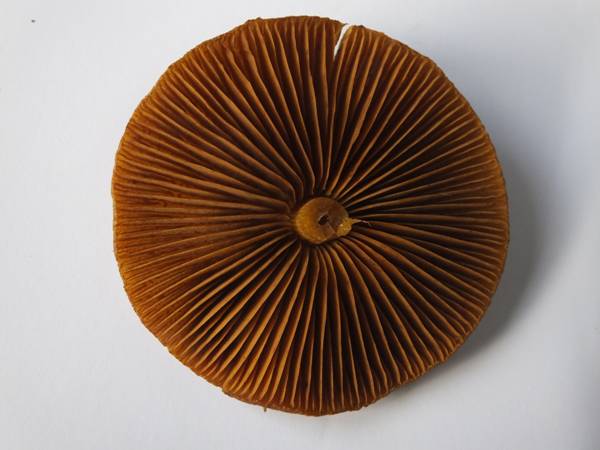
Step 1. Remove the stem so that when you turn the cap over the gills will make close contact with the paper mushroom spore print . mushroom spore print . Some stems snap easily from the cap, but in most instances it is best to cut the stem using a scalpel or a very sharp knife.
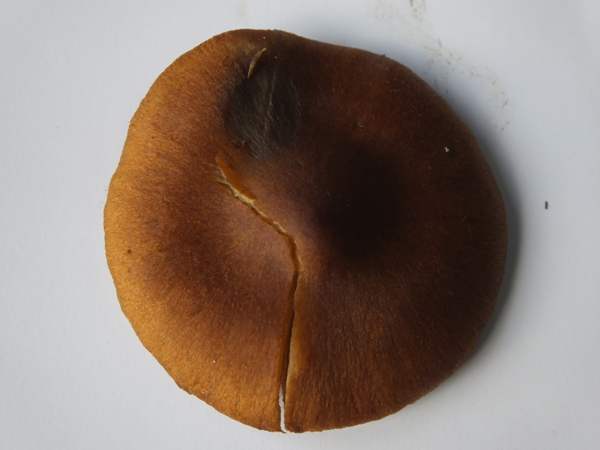
Step 2. Place the cap, gills downwards, on white paper. This works okay for mushrooms whose spores are not white! For white-spored mushrooms use black paper or clear plastic or glass. If you intend looking at the spores under a microscope, then whatever colour the spores are making the spore print on a microscope slide or (better still) a slide cover slip is ideal.
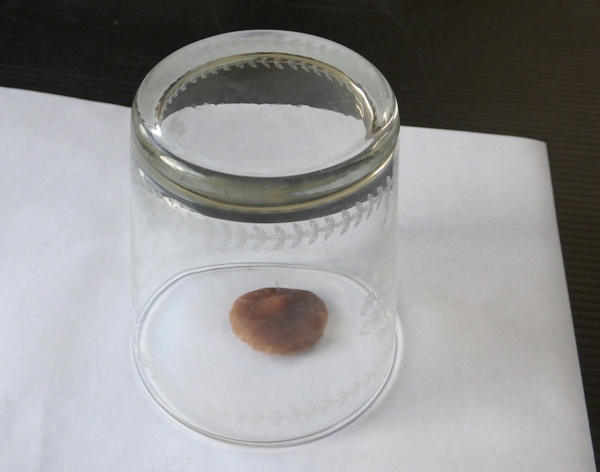
Step 3. Place a tumbler on top of the cap to prevent it from drying out. Leave the tumbler in place for two or three hours. Here’s a useful tip: some small mushrooms tend to dry out very quickly even when covered mushroom spore print , but if you place a piece of wet tissue paper on top of the cap you will avoid this problem.
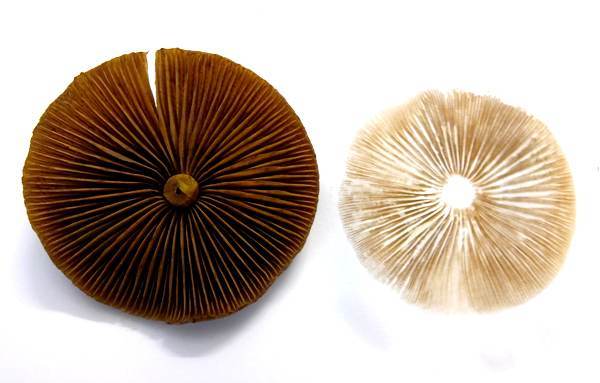
Step 4. Remove the tumbler and then carefully lift the cap. If you want to keep the spore print or to make several such prints for display purposes, you will want to ensure that the spore patterns will not be smudged during handling. Spray the completed spore print with artist’s clear varnish. (Hair lacquer is not as good, but it’s a lot better than nothing mushroom spore print art .)
Making spore prints from other kinds of fungi
Boletoid fungi (those producing their spores within tubes) and Hydnoid fungi magic mushroom spore print (those producing their spores on spines) can be treated in exactly the same way as gilled fungi, and their spore prints consist of patterns of dots or of rings respectively spore print mushroom back to the roots organic mushroom grow kit .
Cup fungi – for example Peziza species mushroom spore print – should be placed with the fertile (inner) surface downwards. The resulting spore pattern is a disc with no gill, pore or spine patterning, of course.
Flask fungi – for example Daldinia species – throw their spores around their complex fruitbodies (stromata), and so the print pattern is made close to but not beneath the fungus specimen, as shown below:
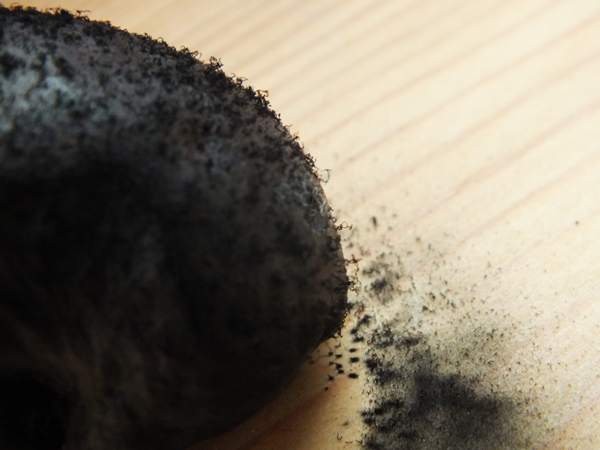
2 reviews for Magic Mushroom spore print | Goliath Copelandia | panaeolus cyanescens
Add a review Cancel reply
Related products
Mushroom Extract / vial
Mushrooms
Mushrooms


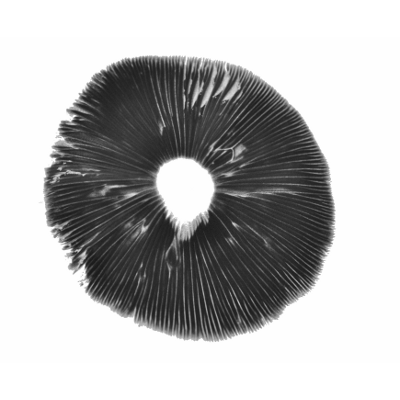






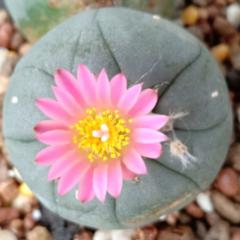


Leilani Diego –
Excellent in every way
Eliza –
Definitely happy with my purchase here. I ordered 2 of the random grab syringes and in 4 days I believe they arrived with not 1 extra syringe like I’ve heard of others getting but 2 free spore syringes.